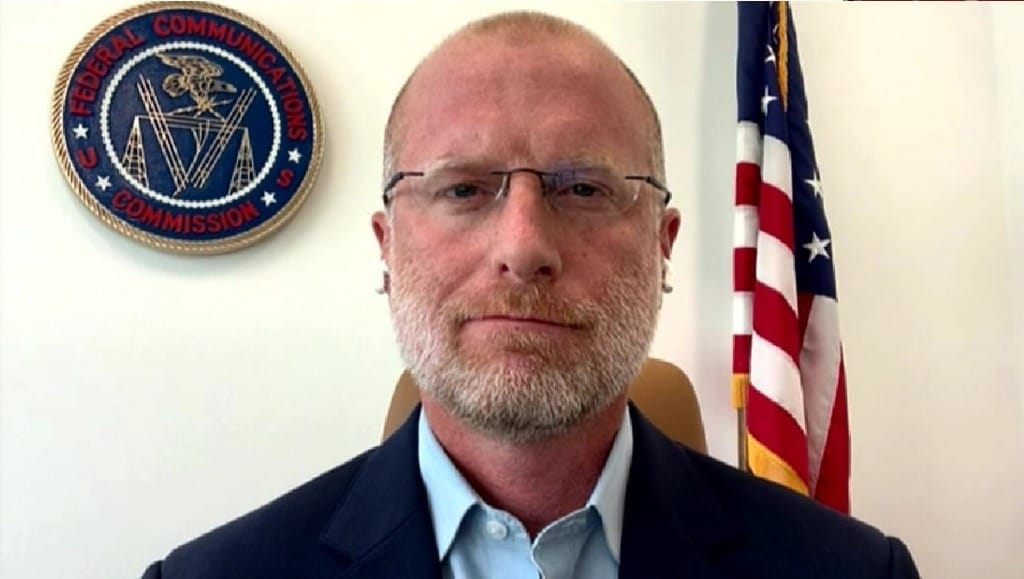FCC Moves Forward with 5G Fund for Rural America
Carr argued against moving forward with fund changes before BEAD deployments.
Jericho Casper

WASHINGTON, August 29, 2024 – The Federal Communications Commission adopted rules Thursday to advance the deployment of 5G mobile broadband services in rural communities across the U.S., breathing new life into the 5G Fund for Rural America.
The agency's $9 billion initiative to bring voice and 5G services to rural areas unlikely to see unsubsidized deployment has seen little progress since its last rulemaking in 2020.
In a 4-1 vote, Commissioner Nathan Simington sided with the Democratic majority, while Commissioner Brendan Carr cast the lone dissenting vote.
In his statement, Carr argued that it was premature to proceed before the outcomes of the Biden administration’s $42.5 billion broadband expansion program were known. He emphasized that without aligning the timelines of both programs, the FCC risked creating inefficiencies, overbuilding, and duplicative funding, which could undermine the effectiveness of the 5G Fund.
In contrast, Chairwoman Jessica Rosenworcel defended the decision, highlighting improvements in broadband mapping as a reason to move ahead without delay. “There is no reason to wait to put the 5G Fund to work,” Rosenworcel stated. “We are ready to use every tool available to make sure rural America [has] access to 5G.”
Despite Rosenworcel's confidence, the new 5G Fund Order has drawn significant criticism from industry stakeholders. Competitive Carriers Association President and CEO Tim Donovan, whose organization represents rural, regional, and nationwide wireless carriers, expressed "serious concerns" about the FCC's approach.
Donovan was particularly concerned about the fund's new eligibility parameters, the adequacy of mobile broadband maps, and the missed opportunity to leverage the Broadband, Equity, Access, and Deployment (BEAD) program to extend the impact of the 5G Fund.
"We are worried that, as is, the 5G Fund could ultimately leave the country worse off in terms of 5G connectivity," Donovan warned.
The Rural Wireless Association also said it was "somewhat disappointed" by the FCC's order. Earlier this week, RWA argued that despite recent improvements, the FCC's current availability maps still overstated 5G coverage by major providers.
Although stakeholders including INCOMPAS, CTIA, and ACA Connects had all previously urged the FCC to delay the 5G Fund until after the $42.5 billion BEAD program, the FCC’s adoption of the Second Report and Order signaled the agency’s readiness to move forward.
The FCC said it would use a reverse auction to distribute the $9 billion. The agency plans to announce the start date of the auction at a later time.










Member discussion